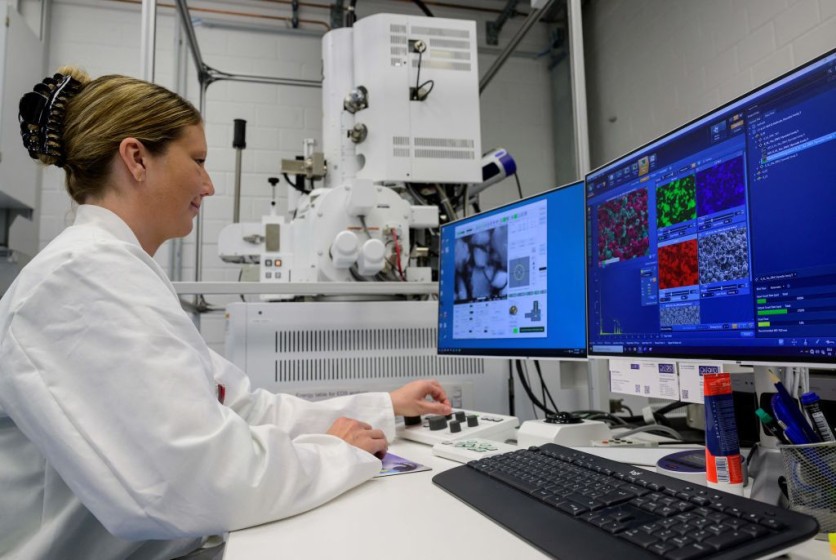Thomas Griffith Taylor, a British geologist, discovered a stunning sight in Antarctica during the Terra Nova Expedition in 1911: a waterfall that seemed to be streaming with blood.
The phenomena, also referred to as "Blood Falls," has puzzled experts and attracted the public's interest for over a century. But in a press release, scientists from Johns Hopkins University described a remarkable discovery that has finally clarified this mystery.
Using powerful transmission electron microscopes, Ken Livi, a research scientist from Johns Hopkins' Materials Characterization and Processing facility, investigated samples from Blood Falls and discovered something strange.

There were microscopic, iron-rich nanospheres in the water, which gave it its red, oxidized appearance. These nanospheres were so small they were one-hundredth the size of a person's red blood cell. They also have unique physical and chemical properties and contain calcium, silicon, sodium, aluminum, nitrogen, carbon, and phosphorus.
Many scientists believe this discovery will improve how we approach analyzing samples on Mars. This kind of terraforming process was implemented on Mars more completely.
Ancient Microbes in Different Planets
The key to understanding what's happening in Blood Falls is to accept that Antarctica's salt and iron-rich water has always been a breeding ground for these ancient microorganisms. Many scientists believe that by gaining knowledge in this area, humans may be able to fully comprehend the unique environment of other planets and their ability to harbor extraterrestrial life.
Livi was originally added to the project because of his expertise in analyzing planetary materials, specifically Martian samples. With his involvement in both projects, he posed an interesting question.
"If the Mars Rover landed in Antarctica, would it imediately find out why Blood Falls was red?"
Researchers used methods in the Blood Falls problem to answer this question, like how astronauts would approach any materials analysis on Mars.
A Call for Improved Methodology
Though this was a real breakthrough in Planetary Geology, much still needs to be desired to ensure our planetary surface analysis is complete. A transmission electron microscope is necessary to determine whether microorganisms like nanospheres exist on other planets. However, having that kind of equipment isn't feasible in our current state of technology.
A transmission electron microscope uses a particle beam of electrons to generate a highly-magnified image. TEMs need significant space for them to work because it doesn't work like a normal electron microscope. They have multiple operating modes, such as conventional imaging, diffraction, scanning TEM imaging, spectroscopy, and combinations.
As it happens, Antarctica is still one of the most unresearched places on this planet, which many people need clarification on. The Antarctic Treaty ensures that countries who signed it understand that there is freedom in scientific cooperation for any explorations in that region. However, one of the reasons might be the unique environment that scientists have to endure to get the knowledge they came for.
Any scientist must overcome Antarctica's freezing temperatures, harsh environment, unpredictable weather, and dry landscape. Any expedition would have to be well-funded, supported, and vetted by their home country before even getting off the ground.
Related Article : Is Alien Life Out There? Astrobiologist Proposes Search for Extraterrestrial Life in Space Dust

ⓒ 2025 TECHTIMES.com All rights reserved. Do not reproduce without permission.




